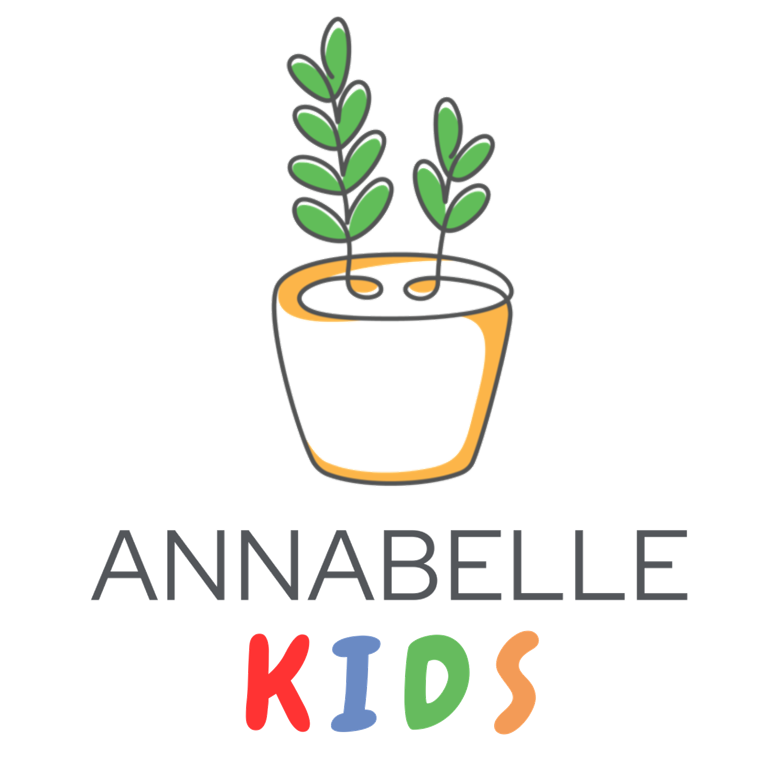Art Therapy
Art therapy is a form of psychotherapy that uses art as a means of communication. An alternative to verbal communication, art thera[y encourages children (as well as adults) to express their themselves and their emotions through varied types of art activities and techniques (e.g., clay, paint, crayon). This is in contrast to talk therapy, which can be less hands on.
For some moments in life there are no words - David Seltzer
Art therapy elegantly bypasses the potential challenge of finding the right words to reflect our thoughts and emotions.
It offers a safe and playful way through which children and adolescents can access and express difficult or confusing feelings. Our art therapist works with children and adolescents to help them gain insights into their inner world, and support them in making sense of their experiences.
Why Art Therapy?
A self-confidence boost
Art therapy provides an outlet for the child to showcase their individuality which, in turn, foster their self-confidence.
Improves social skills
As a child opens up to an art therapist, they will feel more at ease at maintaining appropriate eye contact, articulating their thoughts, and staying focused on task
Calms the body and mind
The exploration of different art mediums during therapy promotes kinaesthetic and visual learning. The creation of art also helps to develop a child’s sensorimotor skills, and stimulates their senses.
Art is for Everyone
Art therapy can be used to address a wide spectrum of mental and emotional disorders, such as anxiety, complex trauma, depression, mood disorders, personality disorders, and post-traumatic stress disorder (PTSD). Art therapy can also be used to instil personal growth, improving communication, coping and problem-solving skills, as well as enhancing self-awareness, and emotional resilience.
Art therapy is used as a complementary psychotherapy modality alongside other forms of therapy, such as speech and occupational therapy. Art therapy helps children to address trauma and/or other complex psychological concerns which might be difficult to express verbally in talk therapy. It is not meant to be diagnostic, but rather, is a medium to address emotional issues which may be confusing or distressing in a safe way.
Self-expression through artistic creation also allows children and teenagers to discover more about their authentic self and personalities. Art therapy allows children to explore their emotions, improve self-esteem, relieve stress, improve symptoms of anxiety and depression, or cope with physical illness.
Art therapy can benefit children and adolescents with diverse needs and concerns. These include, but are not limited to:
Ψ Adoption
Ψ Anger management
Ψ Anxiety / Obsessive Compulsive Disorder (OCD)
Ψ Attachment issues
Ψ Behavioural issues
Ψ Bullying
Ψ Childhood depression
Ψ Chronic illness / Palliative care
Ψ Eating disorders
Ψ Gender identity
Ψ Grief and loss
Ψ Low self-esteem
Ψ Parents who are separated or divorced
Ψ Physical challenges (such as a loss of mobility, paralysis, Cerebral Palsy, Spina Bifida)
Ψ School stress
Ψ Selective mutism
Social skills
Ψ Special needs and Learning Difficulties such as: Autism Spectrum Disorder (ASD), Asperger Syndrome (AS), Attention Deficit Disorder & Attention Deficit Hyperactivity Disorder (ADD/ADHD), Pervasive Developmental Disorder Not Otherwise Specified (PDDNOS), Dyslexia, Dyspraxia, sensory issues and speech challenges
Ψ Transitions (e.g. moving to a new school, or country etc.
Ψ Trauma





